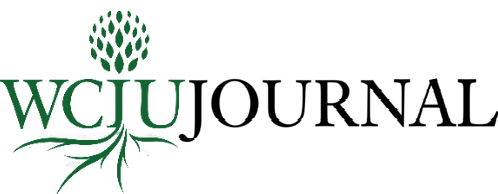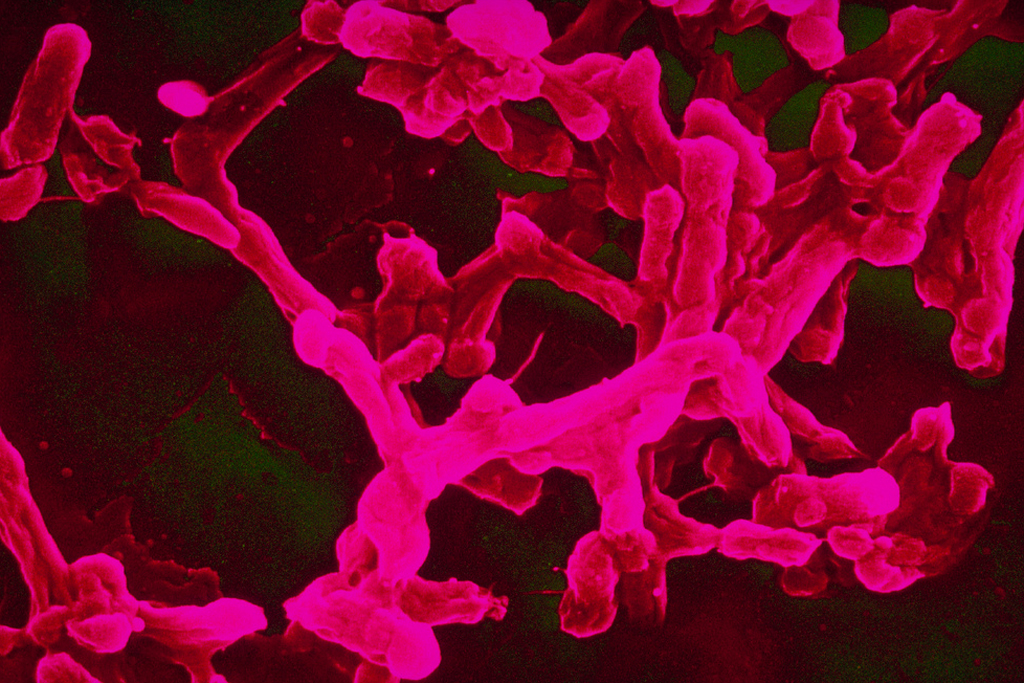Management of Limb Bone Fractures in Camaroon, Central Africa
WCIU Journal: Health and Disease Topic
May 10, 2019
by Ngaroua David, M.D.
Editor’s Note:
This study of traditional healing illustrates both the value and downsides of local cultural practices of healing, and the need to integrate these with the benefits of modern medical knowledge. Might indigenous believers follow a similar model of integrating biblical prayer for the sick with recognition of times when modern medical treatment is necessary ? Might these types of integration result in development and improvement of healthcare in various cultures ?
The author’s research team included Ngah Bekada Carole-Pierre, Dah’Ngwa Dieudonné, Djibrilla Yaouba, and Eloundou Ngah Joseph
Introduction
Health, as defined by the world health organization (WHO), is “a state of complete physical, mental, and social well-being and not merely the absence of disease or infirmity. ”[1] According to the universal declaration of human rights, all people have the right “to enjoy the best state of health they are capable of” and this “in their cultural and plural diversities” that includes the “the respect of traditional know-how.”[2]
Traditional medicine, according to WHO, is the sum total of the knowledge, skills, and practices based on the theories, beliefs, and experiences indigenous to different cultures, whether explicable or not, used in the maintenance of health as well as in the prevention, diagnosis, improvement, or treatment of physical and mental illness. [3] This system of knowledge, skills, and practice must help to ameliorate the health of individuals including physical, mental, and social aspects.
Objectives
The specific objectives of this study were to:
- Determine the socio-demographic characteristics of patients choosing traditional medicine for care;
- Evaluate the healthcare management of bone fractures by the way of traditional medicine.
- Take a census of the complications from treatments of bone fractures by traditional doctors.
Methodology
We surveyed the populations of Bertoua, Mandjou, and Batouri in Camaroon who had recently suffered from a bone fracture. We also surveyed the traditional healers in the same localities. We used patient files, surgical reports, and questionnaires. After the obtainment of a clear consent of participation to the study from patients and traditional doctors, the sample size was evaluated after six month from the date of injury. Complications were recorded on the basis of clinical and physical signs at home.
Socio-demographic Characteristics of Patients Choosing Traditional Medicine
Our study found that 59.80% of the patients with bone fractures went in for traditional medicine, which corroborates with the study of GOUDOTE Alain where 60.80% of his patient sample opted for traditional medicine. [4]
The study found that the most relevant factor that influenced the frequency of traditional medicine consultations for care is the low cost of care that accounted for 52.20%. In Camaroon, due to the economic crisis, many people turn to traditional medicine because they cannot afford the modern health care systems that are available. The majority of the habitants of Bertoua, Mandjou, and Batouri work in the informal sector, thus receiving limited revenue and making it hard for them to pay for modern qualified healthcare services. Most of the traditional doctors do not take nor ask money from their patients—they just rely on gifts from their patients. But for those who take money, payment may be made in monthly payments or credits and exchanges are accepted, because health is a priority for them.
The second highest reason for choosing traditional medicine was because a relative recommended the traditional healer. We found that patients are generally accompanied by a family member that has had a good experience with the services of the healer, with the result that the patient is calm when they arrive. We think another factor in the choice of healer is attachment to the mystic-cultural values of traditional medicine.
Traditional Doctors’ Treatment of Bone Fractures
Traditional doctors, often women, obtain their healing powers by transmission from parents to children. Patients usually come with a chicken for the traditional healer, who will break its legs to serve as a sign of bone consolidation for the patient.
The patient is installed in a local bed made of raffia wood. The traditional doctor relies on an orthopedic method of manual reduction of the fracture followed by immobilization with a splint of bamboo, wood slice, or small boards tied together by a string. The splint is fixed on the fractured limb by the aid of local artisanal bandages. Throughout the reduction process, the traditional doctor recites incantatory formulae. They use fraiche water as analgesic and other vegetable or animal preparations for direct application on the limb concerned.
Traditional doctors request frequent follow up visits of their patients, especially for the first 15 first days.
Complications from Treatments of Bone Fractures by Traditional Doctors
In the hospitals, we have noticed several cases of complications of bone fractures in patients who came for modern treatment after failure of traditional medicine. The principal complication observed over a period of two months was limb deformation, consequently mal-union of joints and a life-long handicap. In our study, limb deformation was the most represented complication with a frequency of 30.10%. Other studies have found complications such as gangrene and mal-union of joints. [5, 6]
Conclusions
It springs out of this study that the majority of the patients sampled opted for traditional medicine for reasons of its relatively low cost compared to modern healthcare services. Massages and immobilization constitute the basis for bone limb management by traditional healers who rely on common sense to recognize complications. As noted, this sometimes results in life-long deformities when the bones do not properly join.
It is therefore necessary for public authorities to regulate the activities of traditional doctors so as to define the framework and limits of their practice. Some training and certification for traditional healers would reduce the risks and integrate the benefits of traditional medicine into the health system of our country.
Endnotes
1. Organisation Mondiale de la Santé (1946), constitution de l’OMS: ses principes, New York, p.100, n°2.
2. Organisation des Nations Unies (1948), La Déclaration universelle des droits de l’homme, article 14, 12, et 17, New York.
3. Organisation Mondiale de la Santé (2000), Bureau Régional pour l’Afrique, Promotion du rôle de la médecine traditionnelle dans le système de santé: stratégie de la Région Africaine, Harare (Zimbabwe).
4. GOUDOTE Alain Sègla Ebilola (2005), étude de l’infection des plaies non opératoires dans le service de traumatologie et d’orthopédie de l’hôpital Gabriel Touré, Université de Bamako, Mali.
5. B.J.D. TÉKPA · O.G.F. NGONGANG · K. KEÏTA et al (2013), Gangrène de membre à la suite d’un traitement traditionnel de fractures par attelle en bambou chez l’enfant à l’Hôpital régional de Kaolack; Sénégal; Bull. Soc. Pathol. Exot. N° 106 p100-103
6. L LAMAH, D HANDY, ML BAH, et al (2013), Complications du traitement traditionnel des fractures: aspects épidémiologiques et cliniques; Guinée-Conakry; Revue Africaine de Chirurgie et Spécialités; vol 7, No 3.
Ngaroua David, M.D., is a lecturer in anatomy and surgery at the University of Ngaoundéré, Vice-Dean of the Faculty of Medicine and Biomedical Sciences of Garoua, and head of the Department of Fundamental Sciences, University of Ngaoundere.


